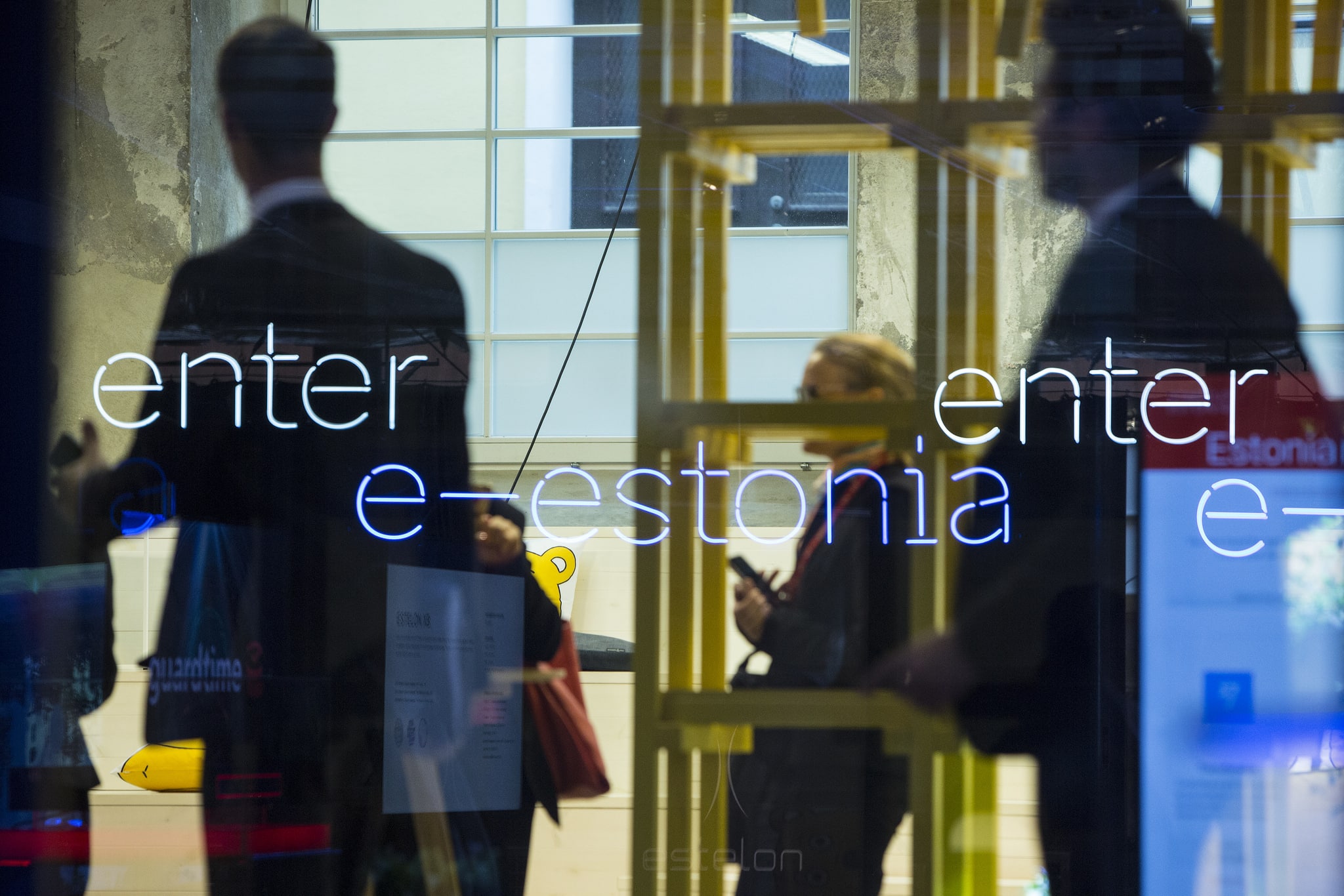
Estonia is the founder of the most progressive information society, having built a secure and efficient ecosystem that saves both money and time. When it started creating its digital kingdom, digital data has been unknown to the majority, and it didn’t even have internet or the supporting devices two decades ago. So, the investment in IT solutions then was almost an insane action, but it proved that it took a great courage to become the No.1 digital society in the world! Estonia was ready to take a risk and start an experiment, and today its citizens enjoy the benefits of digital mode and automation enjoying success and innovation.
Estonia today is the chief provider of online public services and a leading country in the global cyber security. It became a pioneer of digital innovation the moment it left the Soviet Union, and the first successful project they launched was Tiger leap (1996). Despite the demographic challenges, Estonia uses its digital expertise to attract talented people to the virtual world. Today, more than 20 000 people benefit from the digital platform launched by the Estonian government to support online business, regardless of the company’s location in the world. This e-residency program includes systems like e-cabinet, e-health, e-election (based on blockchain security system) all of them making life easier for the e-citizens. The government has been cooperating with 40 other governments around the world, and this is just the beginning of the idea to create a digital nation on the e-residency platform that’s legitimate and transparent.
Estonia has completely transferred its business to cloud technology
Estonia, the country of origin of Skype, has been rapidly developing digital economy since their break up with Russia in 1991. They started with digitalization in 1997, but online voting, online medical records and prescriptions, government services, as we already mentioned, made their digital network as fast as that of Korea, for example. The e-residency is the idea of a ‘cloud country’ that enables storage of cloud data, cloud computing and all sorts of possibilities with almost no restrictions. It’s accessible to everyone, so an e-citizen can interact with whoever he or she wants at any time, globally and transparently handling different tax requirements, currencies, or any kind of service. This kind of network gives a priority to common interests and not the physical location. It’s just a matter of time when the e-residents will start increasing the revenues of the country.

How does E-Estonia work?
Each e-resident is given a digital ID card that enables an entire range of actions from using private and public resources and services to encrypting files and signing documents. With these secure digital identities, E-Estonia created a long-term value, especially in PaaS. Since the beginning, the network gained extreme popularity, and famous names like Japanese Minister Shinzo Abe or Guy Kawaski (one of the key people of Apple) became the e-residents. The main goal of this network is to make life easier and more functional for business owners, freelancers, international partners and digital nomads related to Estonia. E-Estonia has become a digital Mecca for everyone who wants to start or expand the business, study in the EU or invest. Each e-resident is able to establish and run a company online, convey e-bank transfers, or access international payment services, encrypt documents, digitally sign and verify documents, or declare taxes online (more than 95% of tax liabilities are made online). Last year’s statistics from June shows that 140 countries applied for the e-residency, more than 19 000 received their IDs up to that point, there were also 1675 registered companies and more than 3 000 Estonian companies with at least an owner or one board member being an e-resident. The launchers of the project have set ambitious plans for the future – their target for 2025 is 10 million residents! This goal is not unrealistic having in mind that it’s extremely beneficial for the private sector, and it’s growing attractive for the potential customers.
How to apply for the e-residency?
You should simply fill out the online form and wait for your application to be approved. You can pick up your ID card in one of 38 Estonian consulates or embassies around the world, as well as Border Guard or Estonian police station. You have to take it personally enclosing valid documentation and fingerprints to verify your identity. The entire process takes 2-4 weeks, depending on your location and the number of applicants. Remember that your newly gained ID won’t grant you citizenship, the EU or Estonia entry, resident permit of rights, or tax residency, and it can’t be used as a travel document.
Why should I run business in Estonia?
Because, simply, your business will deal with few bureaucracy issues and administrative nuisances and its infrastructure is easy to use. In addition, you’ll become a trusted member of the EU business community, you’ll have access to reliable international payments and fair and simple tax system. Also, you’ll be able to incorporate your business easily, being allowed to convey secure transactions and keep the records of your business safe. In addition, Estonia is known to have a unique income tax system where you don’t have to pay the corporate income taxes if you keep profits within the company. There is also a 20% tax on individual income (that’s not a personal dividend income).

What is X-Road software?
X-Road software saved officials and citizens 800 years of working hours! This system makes different information systems and organizations mutually connected and interoperable so that all the data that an e-citizen requires should be provided at once. X-Road is the invisible backbone that keeps the databases linked together in order to operate in perfect harmony. Since there is a full range of services available for the public, each of them relies on X-Road in order to be sure of secure data transfers. Also, X-Road is the first exchange platform that allowed the exchange of data between the two countries. The first automatic data exchange occurred between Estonia and Finland in June 2017. Finally, X-Road has started its implementation in other countries as well, like Finland, Namibia, Faroe Islands and Azerbaijan.
